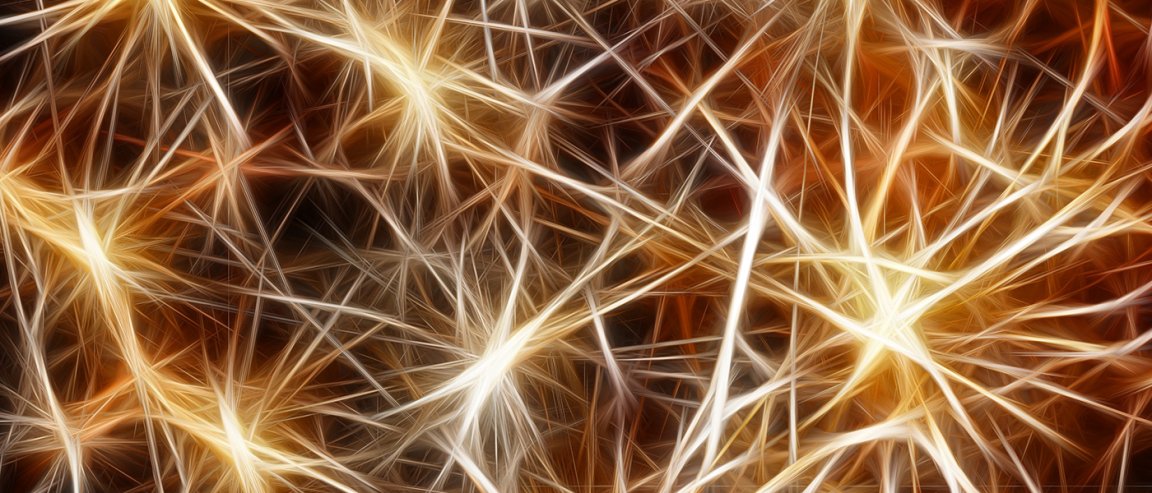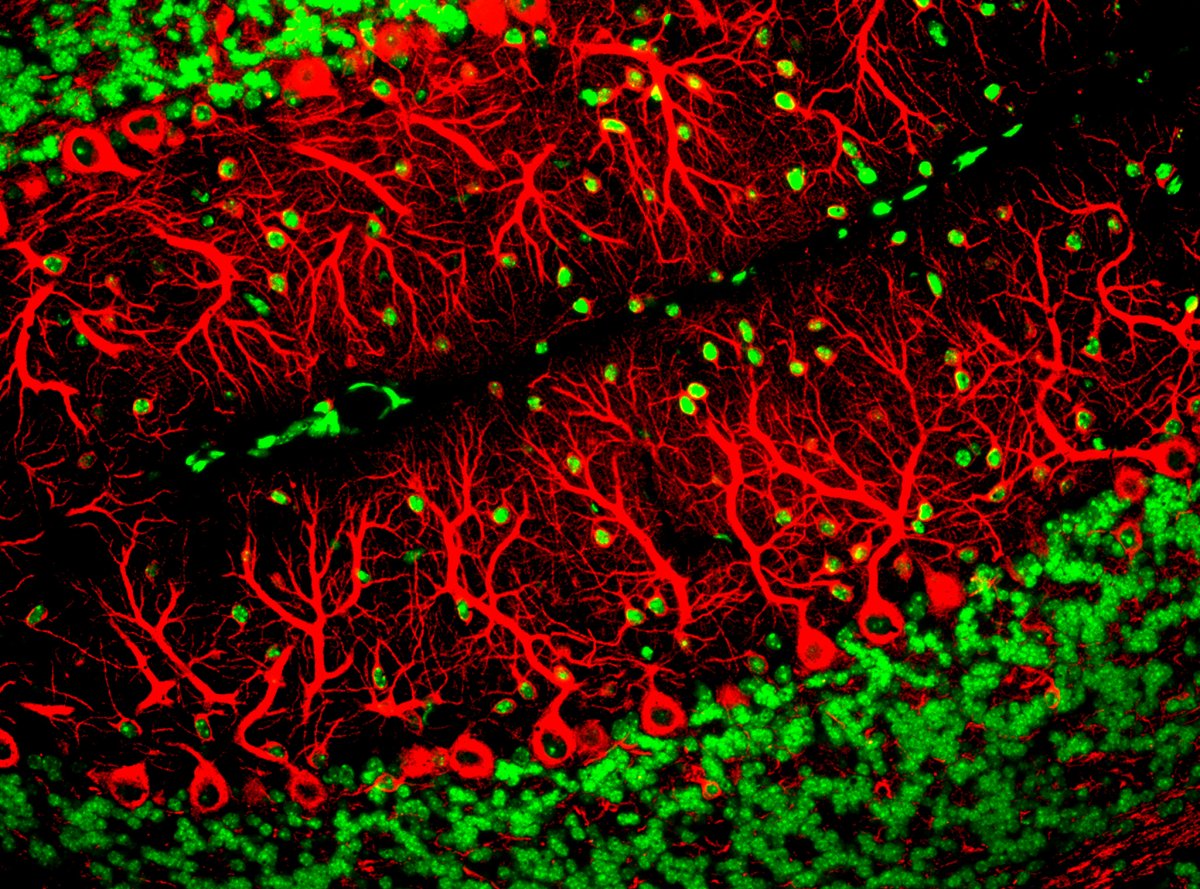
Teaching Individual Neurons
The Neurophysiology department at the University of Lund has discovered that individual neurons can be taught patterns rather than just respond to a single, specific signal. This means that individual Purkinje cells (cells that control motor movement) are capable of learning, rather than learning being an emergent property (a property that a collection has but individual members do not).

Scientists’ previous understanding was that learning occurred due to an interaction of an entire neural network, however the study states:
Cerebellar control and coordination of motor behaviors may rely more on intracellular mechanisms and less on neuronal network properties than previously thought. It also suggests the capacity for information storage in the individual neuron is vastly greater and of a very different nature than suggested by the dominant paradigm.
The Lund researchers ‘taught’ the cells over a number of hours to associate different signals. Eventually, this meant the cells could learn several reactions in a series. The responses followed the time pattern of the stimuli, for example: They responded to “Signal – brief pause – signal – long pause – signal” with “response – brief pause – response – long pause – response.”
Dan-Anders Jirenhed, a researcher of associative learning at Lund, concluded that, “this means that the brain’s capacity for learning is even greater than previously thought!”
Learning Difficulties and AI
Disruptions in these systems could be responsible for a number of learning difficulties such as Autism, ADHD and language disorders, meaning that scientists may base future treatment therapies on principles derived from the study.
The most exciting application of the discovery, though, is for deep learning and artificial intelligence (AIs), most of which currently use neural networks. In order to build human-like intelligence, researchers need to understand how our minds accrue information.
This study shows that our minds learn on a single-cell basis, rather than through the combined effort of a neural network. Therefore, when building AI, we need to employ a similar model – programming the individual components to learn. If done successfully, this could result in more complex tasks being dealt with in a more efficient way, lessening the divide between human and machine even more.